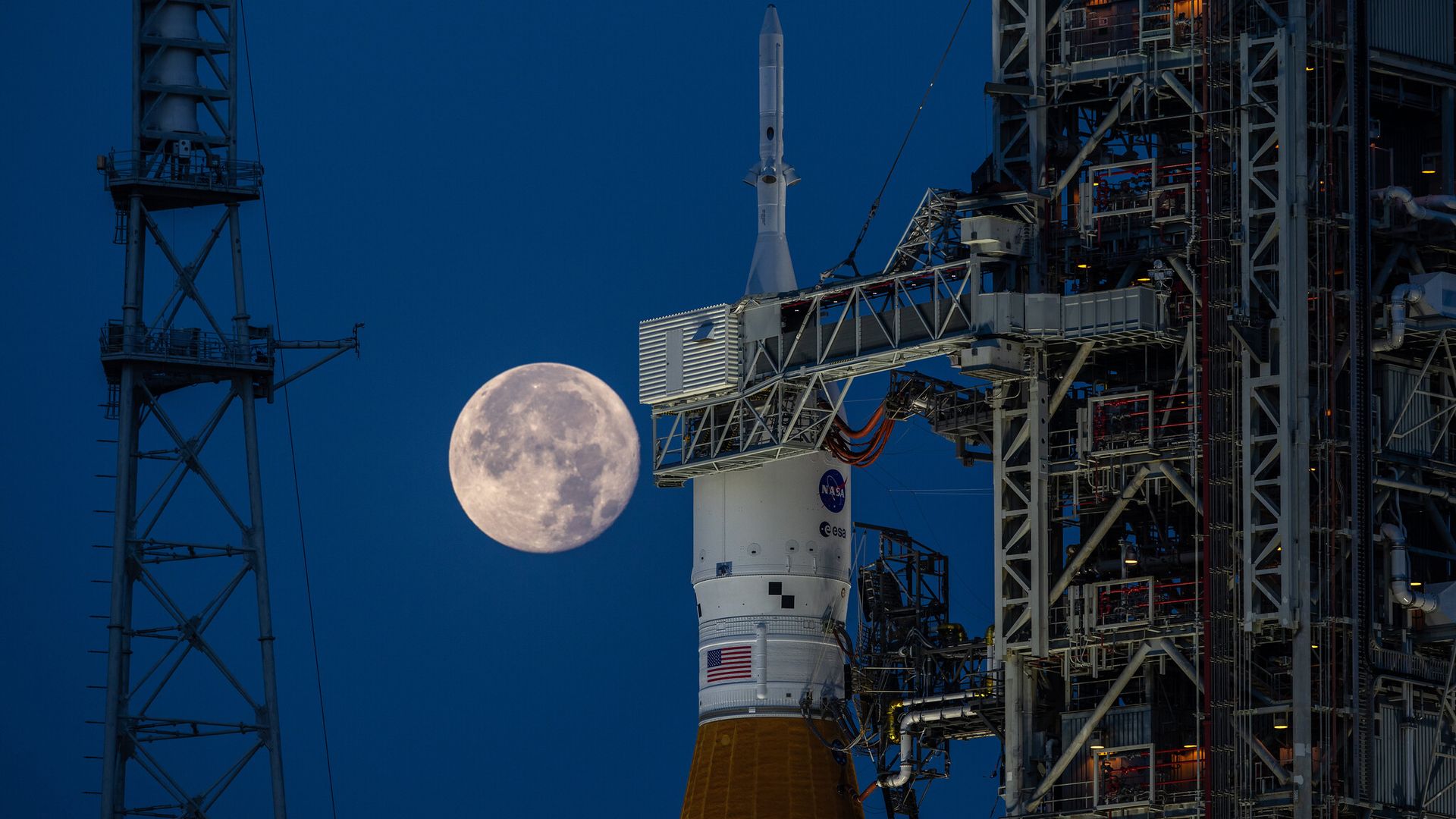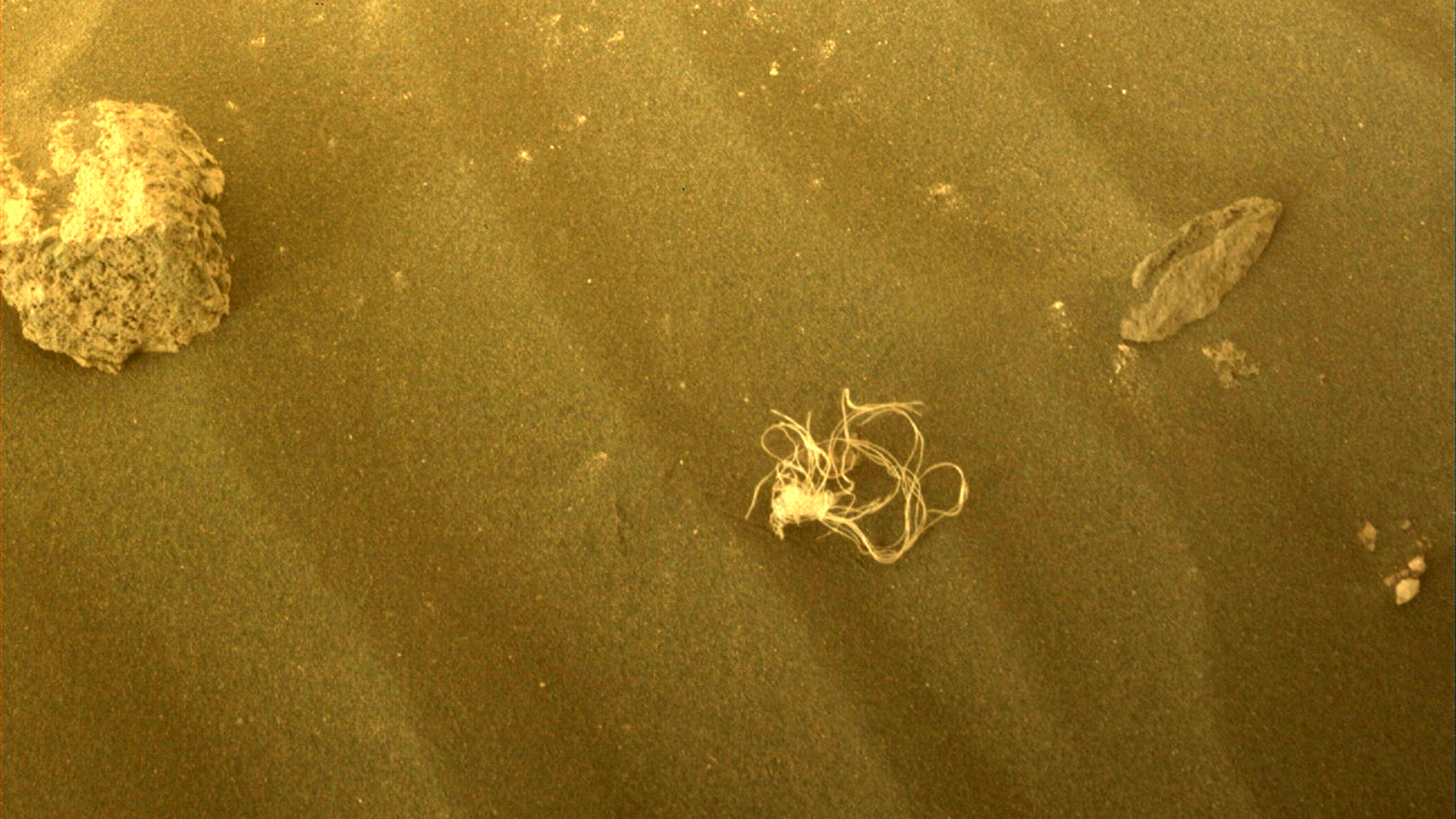| | | | | | | | | | | Axios Space | | By Miriam Kramer · Aug 09, 2022 | | Thanks for reading Axios Space. At 1,241 words, this newsletter is about a 5-minute read. - Some big news here! Axios has agreed to sell to Cox Enterprises. Read more about the sale here.
Please send your tips, questions and space junk to miriam.kramer@axios.com, or if you received this as an email, just hit reply. | | | | | | 1 big thing: Taking space junk seriously |  | | | Illustration: Victoria Ellis/Axios | | | | As close calls between satellites and debris in orbit become more frequent, the U.S. government is signaling that it's time to take the threats posed by space junk seriously. Why it matters: There are thousands of pieces of space junk circling the Earth at more than 17,000 mph, threatening operational satellites and even people in orbit. - "I think that the large swaths of space becoming unusable is something that could very well happen in the next few years," Moriba Jah, the co-founder of Privateer Space, tells Axios.
Driving the news: The White House issued an implementation plan at the end of last month detailing the steps the Biden administration hopes to take in order to track, remediate and mitigate debris in orbit, building on work started by previous administrations. - The document — which is the culmination of months of interagency work — lays out which parts of the U.S. government are responsible for studying ways to clean up, track and stop the creation of junk in space.
- The plan could lead to better characterization and tracking of the debris in space today — with research going toward improving the characterization of debris that's less than 1 centimeter in low-Earth orbit.
- The document also potentially reopens the debate on just how long debris — like rocket bodies — can be allowed to stay in orbit. Current internationally adopted guidelines that allow spent satellites and rocket bodies to deorbit after 25 years have been cited as too lax in recent years.
State of play: Experts warn that events like the uncontrolled descent of a Chinese rocket body last month and pieces of a SpaceX capsule that ended up in Australia after re-entering the atmosphere could become more common along with collisions of satellites in orbit in the future. - There is already some evidence that the Kessler effect — the self-perpetuating creation of debris from uncontrolled collisions of junk — is happening in some orbits, Luc Riesbeck of Astroscale U.S. says.
The big picture: Cleaning up space junk isn't just about one nation — or one company — taking on the responsibility and making it happen. - Instead, like fighting climate change, experts say it will require many nations to come together to establish norms and rules that aggressively target the removal and mitigation of debris.
- "Space debris is an international problem, but the U.S. has an opportunity to lead," Ezinne Uzo-Okoro, assistant director for space policy at the White House's Office of Science and Technology Policy, tells Axios.
Yes, but: Unlike Europe and Japan, the U.S. doesn't yet have its own cleanup mission on the books, something that the implementation plan doesn't directly put into the pipeline. - The regulatory framework around actually removing junk from orbit — especially if it wasn't created by the specific country that is cleaning it up — is also complicated.
- If one country cleans up junk created by another country, it could set a precedent that leads to one nation interfering with another nation's satellites in orbit. Space junk cleanup could also be a matter of national pride.
- "For countries that don't have a lot going on in their space sector or are having trouble in their space sector otherwise, it might look bad if they can't even afford to remove their trash from orbit," Victoria Samson, of the Secure World Foundation, says.
What to watch: Congress will now need to appropriate funds to make many of the suggestions laid out in the White House's plan a reality. - "I'm glad to see lead organizations identified next to each part of this implementation plan, then it's on Congress to do its job and provide funding in a responsible and meaningful way so that these lead organizations can actually do these things — and then holding these organizations accountable," Jah says.
|     | | | | | | 2. Artemis I is getting ready for launch |  | | | The Artemis I capsule awaiting launch. Photo: NASA/Ben Smegelsky | | | | NASA is planning to launch the first flight of its huge Space Launch System rocket at the end of the month. Why it matters: This will be the first true test of the space agency's plans to deliver people back to the surface of the Moon for the first time since the 1970s. What's happening: NASA is performing its final checks and tweaks on the rocket and uncrewed Orion capsule ahead of the first launch, currently scheduled for Aug. 29 from Kennedy Space Center. - The SLS launch could occur on Sept. 2 or 5 if it doesn't get off the ground in August.
How it works: Once launched, the SLS will send the Orion capsule on a trip around the Moon and then back to Earth. - During part of that mission after a major engine burn, the Orion capsule will only be "about 60 miles off the surface of the Moon," Rick LaBrode, lead Artemis I flight director, said during a press conference last week.
- "It's gonna be spectacular," LaBrode added. "We will be holding our breath."
- If the rocket does launch as scheduled, the mission will take about 42 days, with the Orion expected to splash down on Oct. 10.
The bottom line: NASA will need to get Artemis I off the ground, around the Moon and back to Earth before the space agency can even consider delivering astronauts to the lunar surface in 2025. |     | | | | | | 3. The Perseids are coming |  | | | A time lapse of meteors streaking through the sky. Photo: NASA/JPL | | | | The Perseid meteor shower — typically one of the best of the year — is set to peak this week, but a bright Moon could wash out all but the brightest shooting stars. The big picture: This meteor shower comes around each year as the Earth passes through the trail of debris left behind by Comet Swift-Tuttle, which was last visible from Earth in 1992. State of play: In a typical year, observers checking out the Perseids from dark parts of the world can see 50–100 meteors per hour during the peak of the shower. - This year, however, people watching in dark conditions in North America will likely only be able to see 10–20 meteors per hour during the shower's peak from late Friday night to the early hours of Saturday morning, according to NASA astronomer Bill Cooke.
- "Sadly, this year's Perseids peak will see the worst possible circumstances for spotters," Cooke added in a statement.
How it works: If you still want to check out the Perseids, the best way is to head out to a dark area free of clouds and far from city lights. - The Moon will still wash out the sky, but if you allow your eyes to adjust to the darkness — such as it is — you should hopefully be able to see at least a few meteors during the shower's peak.
- The peak of the shower will likely occur between midnight and dawn on Saturday.
|     | | | | | | A message from Axios | | NEW: Subscribe to Axios Communicators | | |  | | | | Get the latest topics and trends impacting the way leaders, organizations and employers communicate. Why it matters: Axios Communicators will help inform your strategy and offer insight into the rapidly evolving world of sharing and receiving information. Subscribe for free | | | | | | 4. Out of this world reading list |  | | | A piece of debris seen on Mars by the Perseverance rover. Photo: NASA/JPL-Caltech | | | | The coziest spot on the Moon (Marina Koren, The Atlantic) NASA identifies the strange object its rover found on Mars (Mark Kaufman, Mashable) India's new SSLV rocket fails in first launch (Park Si-soo, SpaceNews) Astra announces a radical pivot to a larger launch vehicle (Eric Berger, Ars Technica) |     | | | | | | 5. Weekly dose of awe: Cartwheeling through space |  | | | Photo: NASA/ESA/CSA/STScI | | | | The James Webb Space Telescope continues to deliver the goods. - This photo shows the Cartwheel Galaxy, which formed during a collision 400 million years ago, according to NASA.
- "The Cartwheel is composed of two rings, a bright inner ring and a colorful outer ring. Both rings expand outward from the center of the collision like shockwaves," NASA said in a statement.
- "However, despite the impact, much of the character of the large, spiral galaxy that existed before the collision remains, including its rotating arms."
|     | | | | | | A message from Axios | | NEW: Subscribe to Axios Communicators | | |  | | | | Get the latest topics and trends impacting the way leaders, organizations and employers communicate. Why it matters: Axios Communicators will help inform your strategy and offer insight into the rapidly evolving world of sharing and receiving information. Subscribe for free | | | | Big thanks to Laurin-Whitney Gottbrath, Sam Baker and Sheryl Miller for editing this week's edition and to Victoria Ellis for the great illustration. If this newsletter was forwarded to you, subscribe. ✨ |  | | Are you a fan of this email format? It's called Smart Brevity®. Over 300 orgs use it — in a tool called Axios HQ — to drive productivity with clearer workplace communications. | | | | | | Axios thanks our partners for supporting our newsletters. If you're interested in advertising, learn more here.
Sponsorship has no influence on editorial content. Axios, 3100 Clarendon Blvd, Arlington VA 22201 | | | You received this email because you signed up for newsletters from Axios.
Change your preferences or unsubscribe here. | | | Was this email forwarded to you?
Sign up now to get Axios in your inbox. | | | | Follow Axios on social media:    | | | | | |
No comments